1990 Renault 5 GT Turbo Hatchback
Ah yes, the Renault 5 GT Turbo. A car from an era when ‘turbo’ was still a word that made schoolboys’ hearts race and insurance companies wince. This particular one — H478 KEF — is a one-owner-from-new example, which is rather splendid, really. You just don’t get that sort of commitment anymore.
Under the bonnet, you’ll find a 1.4-litre pushrod engine that, despite its humble origins, has been encouraged to behave like a much more ambitious powerplant thanks to a Garrett T2 turbocharger. It makes 115 horsepower, which doesn’t sound like much today, but in a car that weighs less than your average dishwasher, it’s plenty.
It’s been restored — sensibly, not excessively — and it’s done fewer than 70,000 miles. Although, it’s been napping in a garage for the last three years so a bit of mechanical TLC is due. In short, a brilliant piece of late 20th-century French exuberance, slightly dusty, but absolutely worth waking up.
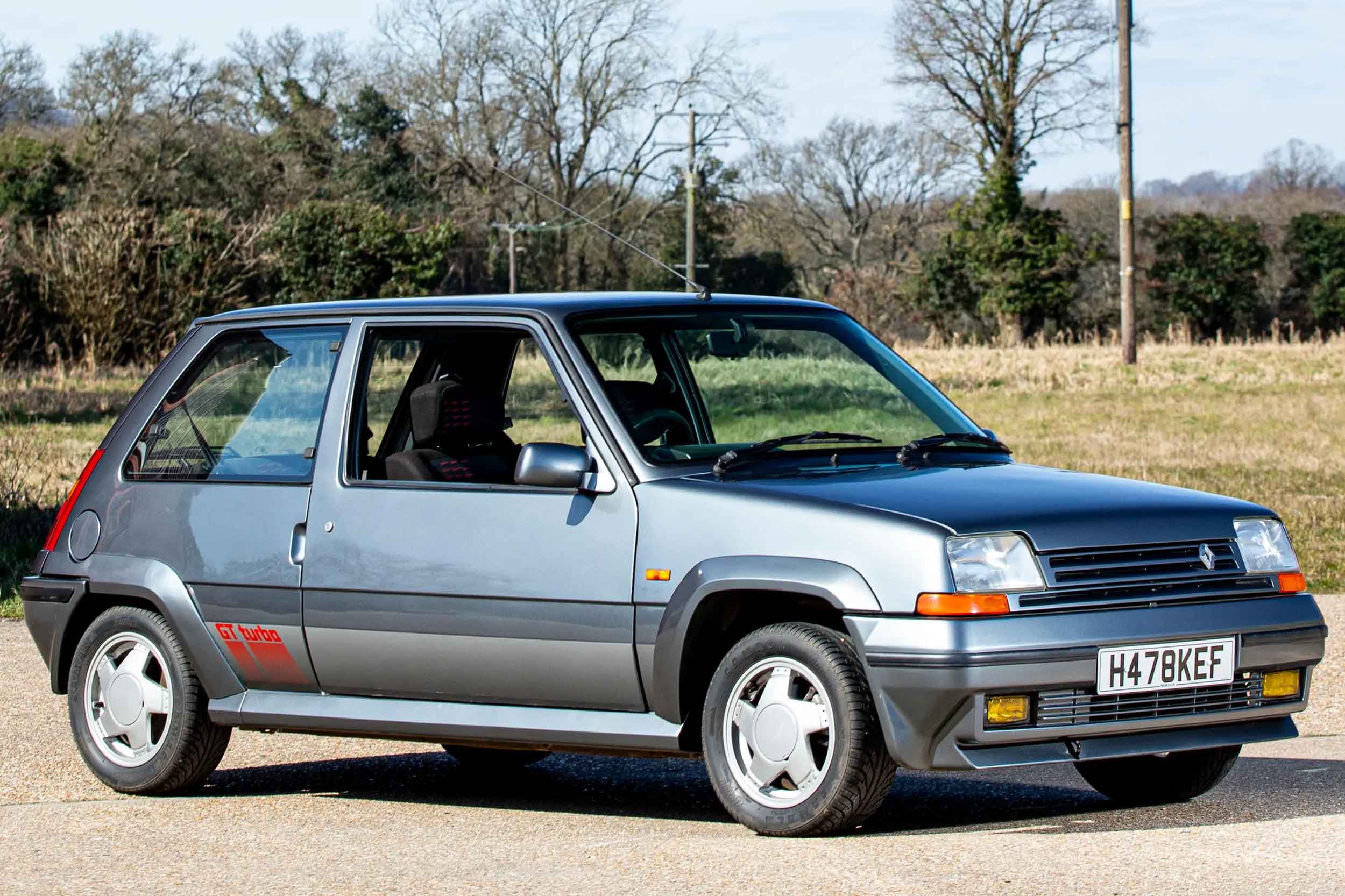
1923 Austin Seven ‘Chummy’ Tourer
Here we have a car so British, it practically comes with a thermos of weak tea and a tin of digestive biscuits. The 1923 Austin Seven ‘Chummy’ — a name so cheerfully daft it could only have come from a time when people wore tweed voluntarily and thought electricity was still a bit suspicious.
This is one of the early ones, affectionately known as the ‘scoop scuttle’ type. It’s simple, charming and just the thing for pottering down a country lane at a leisurely pace. Last ran in 2011, but the engine still turns, so that’s promising.
It comes with a delightful pile of spare parts — axles, gearboxes, even a cylinder head — because, as any Austin Seven owner will tell you, owning one is a bit like maintaining a Victorian grandfather clock, except it’s mobile and occasionally leaks oil.
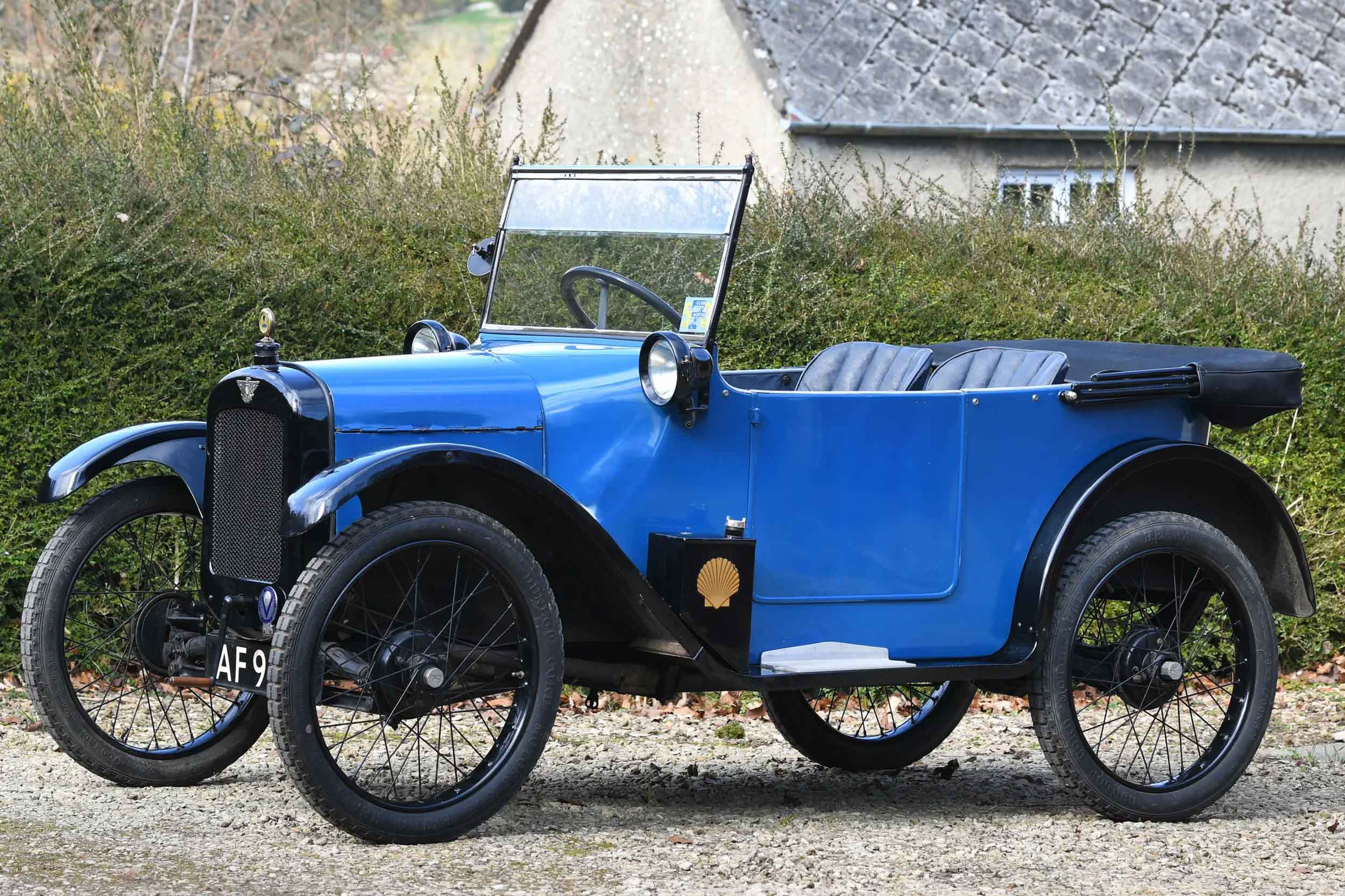
1959 BMC 5-Ton Race Transporter
Now this… this is the sort of thing that makes me go all misty-eyed. A vast, lumbering behemoth from the glory days of British motorsport logistics — the BMC 5-ton race transporter. It was originally a mobile classroom for teaching mechanics about the Mini, which is very BMC: education, but with gears.
It’s had more lives than a stray cat. After its school days, it ended up in the Competitions Department, then in a field, then in a railway station, and at one point, astonishingly, was used as a weekend retreat. Yes, really.
Restored with love, and more importantly, upgraded with a Cummins diesel engine that gives it the kind of torque usually reserved for container ships. With a tail-lift, workbench, and the ability to carry two Mini Coopers, it’s the ultimate support vehicle — not fast, but unrelentingly practical. Like a Labrador with a toolbox.
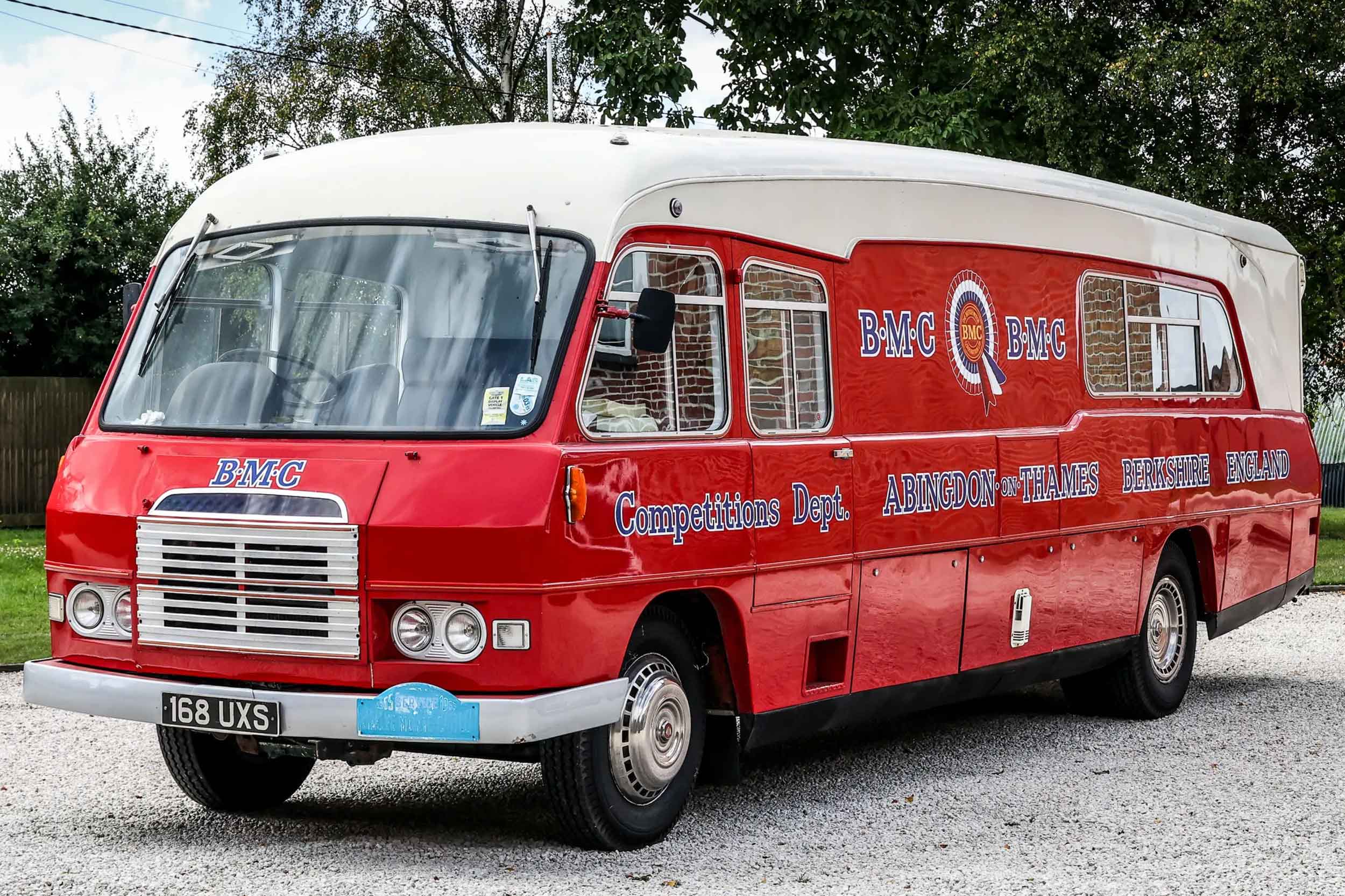
1975 Porsche 911S 2.7-Litre Coupé
The 911. It’s the same shape it’s always been, like the outline of a rubber duck drawn by a German engineer. But this one is special — a 1975 2.7S, one of the earliest right-hand drive examples in the UK.
Finished in Guards Red (because of course it is), and packed with period-correct factory options, including electric everything and a sunroof for the five sunny days a year we get. It’s had a full body restoration, engine rebuild, and a proper provenance file thick enough to be used as ballast.
This is the kind of 911 you’d take to a car show just to stand nearby and listen to other people talk about it. Which, if we’re honest, is half the fun of owning one.
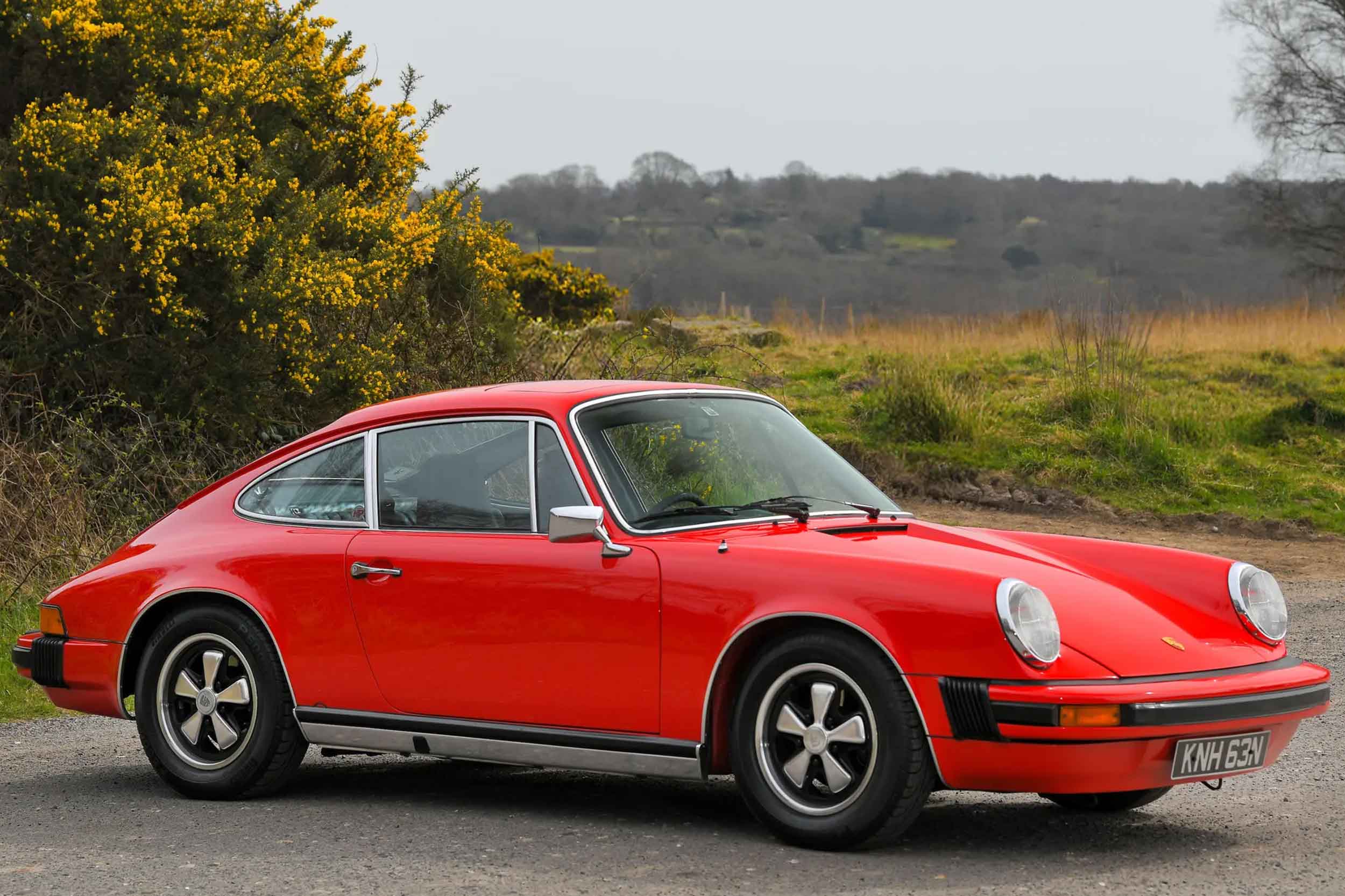
1934 Singer Nine Le Mans Sports Roadster
A car from a time when names were long, clutches were heavy, and driving gloves were not optional. The 1934 Singer Nine Le Mans — yes, that Le Mans — is one of the prettiest and most charming of the pre-war lightweight sports cars.
It’s been restored sympathetically, which means it still has the whiff of history about it, rather than looking like it’s just escaped from a museum. It’s also got its original registration, which is a lovely thing, and a good sign that this little Singer has been looked after by people who care.
Includes its original hood and side screens. This is less ‘practical transport’ and more ‘invitation to Sunday morning adventures’.
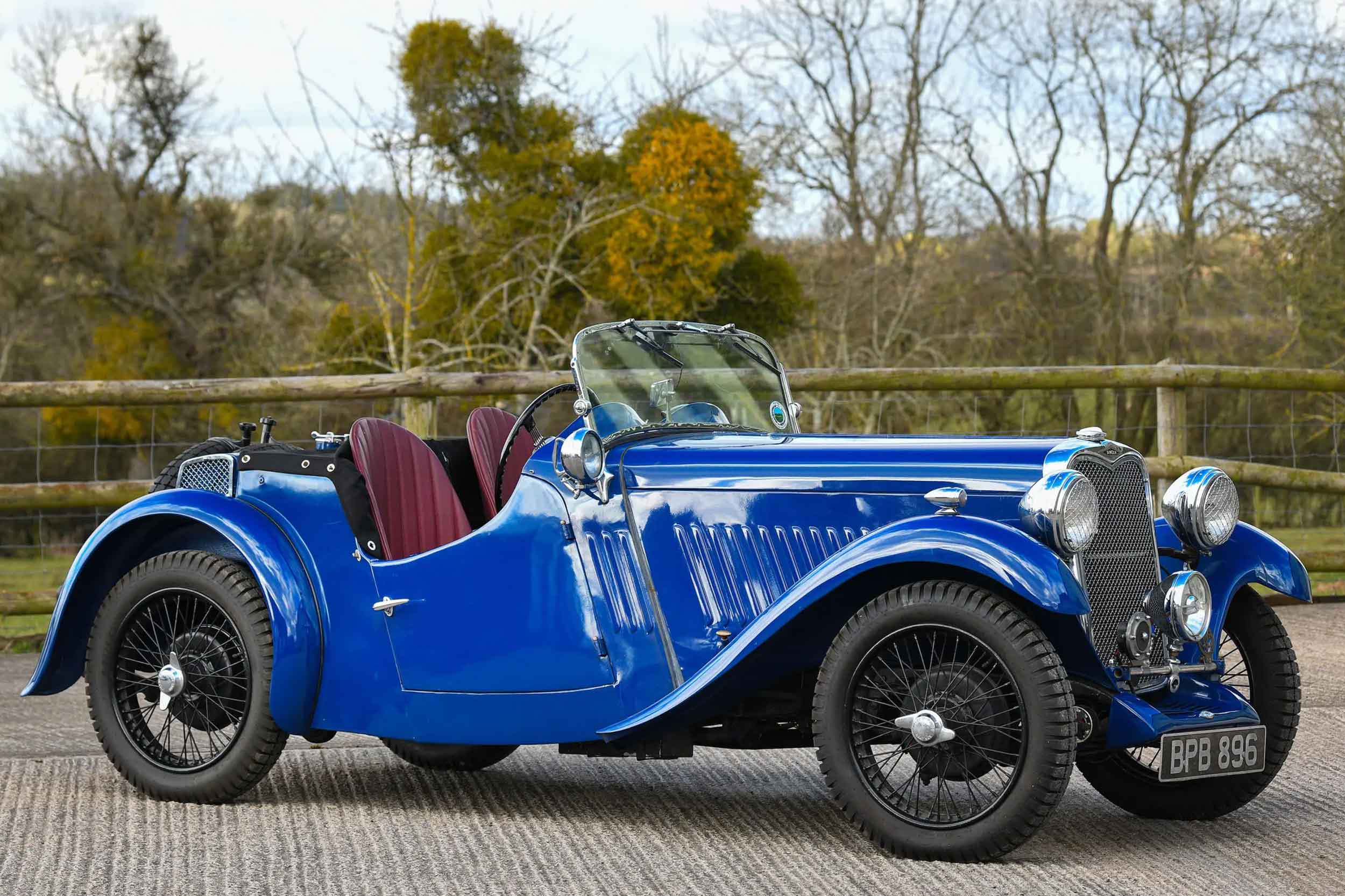
1958 Volkswagen Type 2 23-Window Split-Screen Microbus
Lastly, the VW Bus. The 23-window version, which is sort of like the platinum edition of hippie vans. It was born in Germany, lived in California, and was restored in Holland for an eye-watering €197,000 — which, given its quality, is perhaps not entirely mad.
It’s orange and cream now, with cream leather inside, and a modern 1.6-litre engine for added get-up-and-go. It even has documentation from the Volkswagen Museum, which is very reassuring.
You could take it to a show, or the beach, or just use it to make people smile at traffic lights. Whatever you do with it, you’ll probably be stopped and asked about it every time you fill up. Which, if you’re honest with yourself, is the whole point.
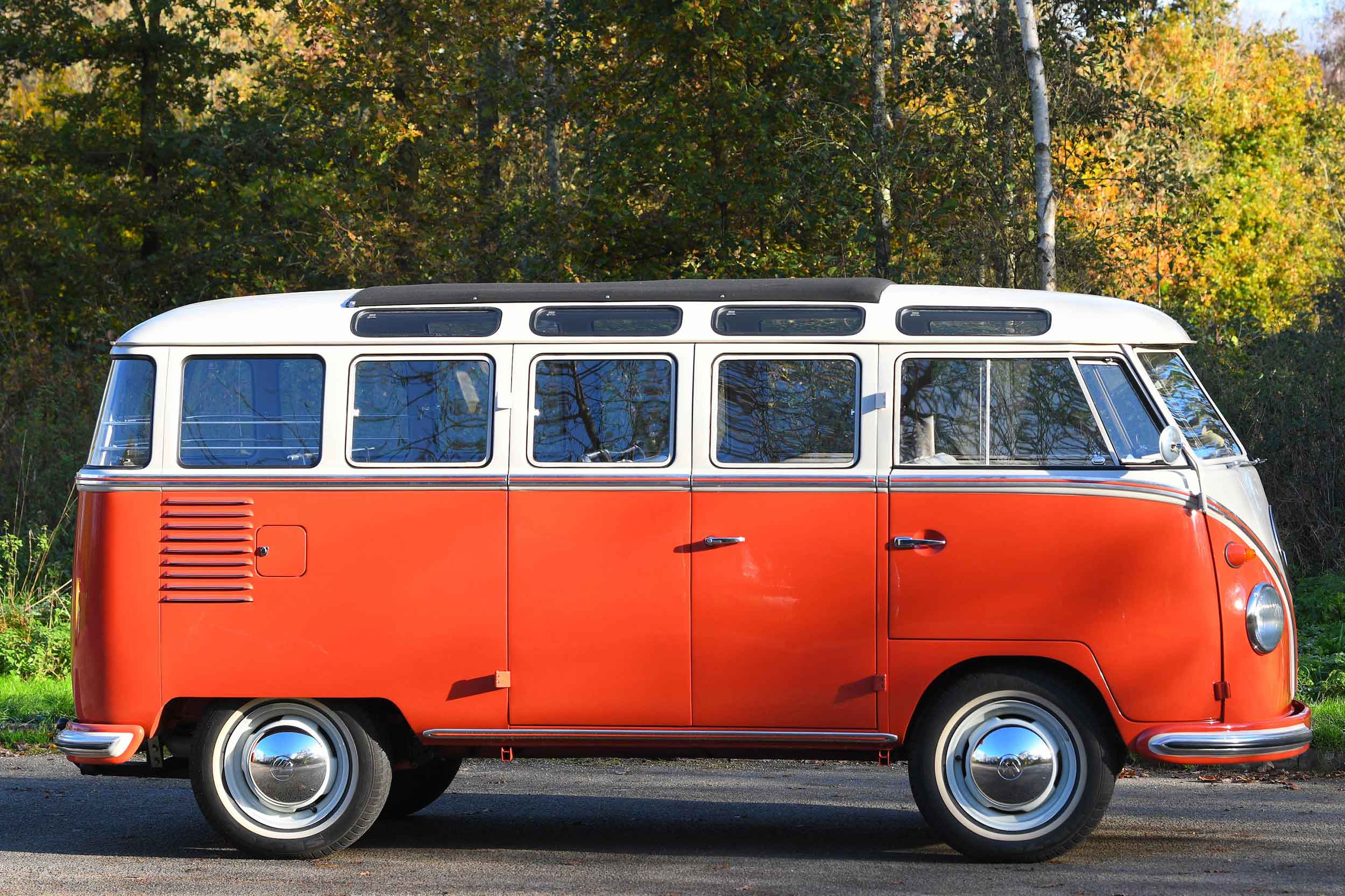
Goodwood Members’ Meeting Auction
Saturday, 12 April, 09:00 – 17:00
Sunday, 13 April, from 09:00















